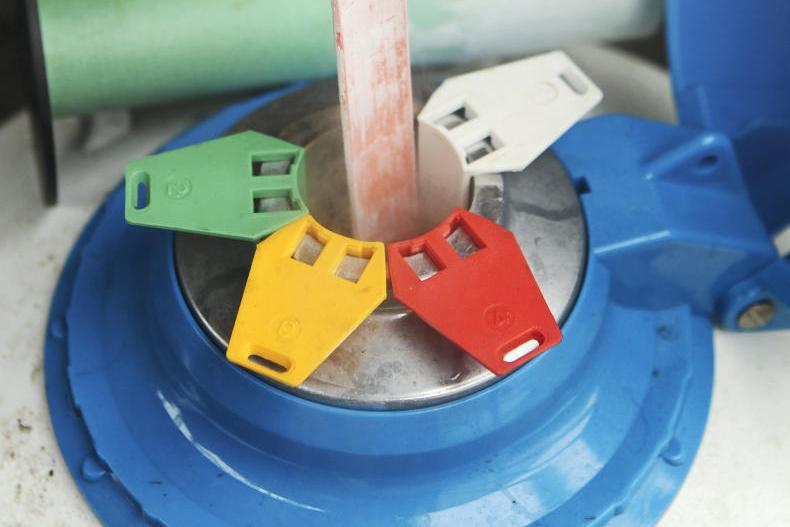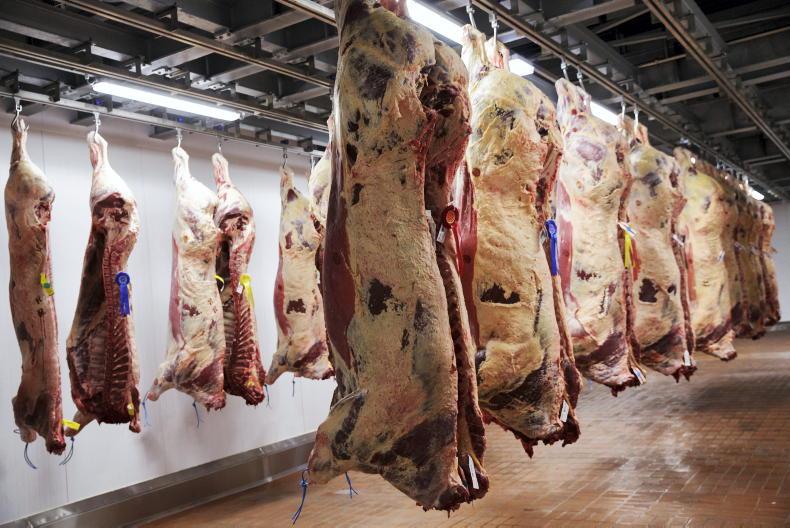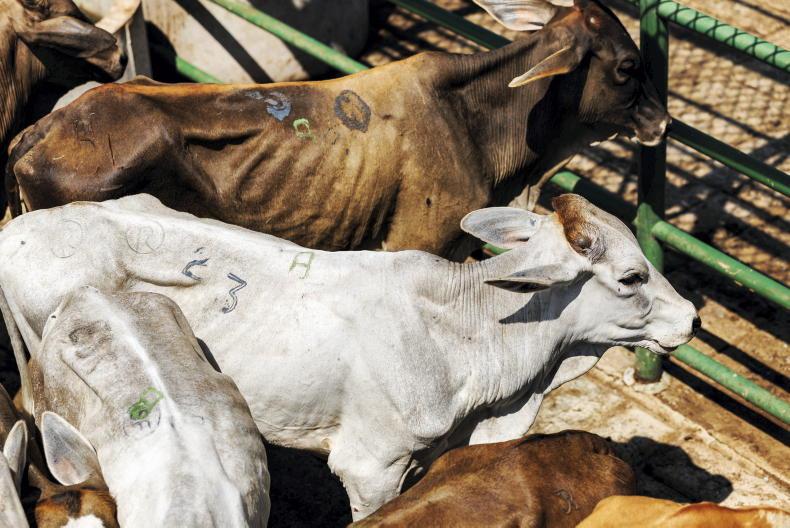Speaking at yesterday’s bull fertility conference in Westport, Michael Diskin, Teagasc Athenry, said that as AI straws contain just 0.25ml of fluid, they are very susceptible to any changes in temperatures.
When handling AI straws, Diskin advised that goblets of straws should only be brought up to the neck of the flask for 10 seconds, and not raised above the frost line, where possible. He added that canisters should be labelled clearly to limit the handling of straws. When handling straws, he advised not to handle with hands and to use a forceps.
The thawing process should be to warm the straws in water at 35°C for 45 to 60 seconds. Once thawed, insemination should take place as soon as possible and within 10 minutes.
Diskin outlined studies that have taken place focusing on the number of straws which can be thawed and cows inseminated together without affecting conception rates.
He concluded that research shows that no more than six straws should be thawed for use at any one time, and all inseminations should take place within 10 minutes of thawing. After that, conception rates may be affected.
Method of insemination
He looked at studies on the method of insemination, where semen was deposited in the body of the uterus compared with semen being deposited in each uterine horn. In a study conducted with Munster AI on 3,446 cows inseminated by eight AI technicians, there was no significant difference in conception rates across the trial. However, when looked at in more detail, there was a treatment by inseminator effect. Where conception rates from some individual technicians were low, the response to deep intrauterine insemination was highest. But where conception rates from inseminating in the body of the uterus was high, there was no significant difference when deep intrauterine insemination was used.
Sex-sorted semen technologies improving
Dr Vish Vishwanath, head of research and development for Sexing Technologies in the US highlighted developments in sex-sorted semen technologies in recent years. He said that original research in sexed semen showed that unlike conventional AI, when the numbers of sperm contained in a sexed semen straw are increased, conception rates did not change.
Sexing Technologies' work on Sexed Ultra saw 27 steps changed in the process to improve conception rates. In the US, approximately 40% of heifers and 2% of mature cows are inseminated to sexed semen.
Using the new technologies, he said that in trials, conception rates improved by 4.5%, while in addition, when the number of sperm in each straw were increased, there was an improvement in conception rates.










SHARING OPTIONS